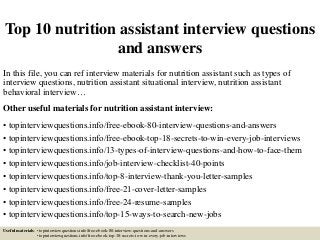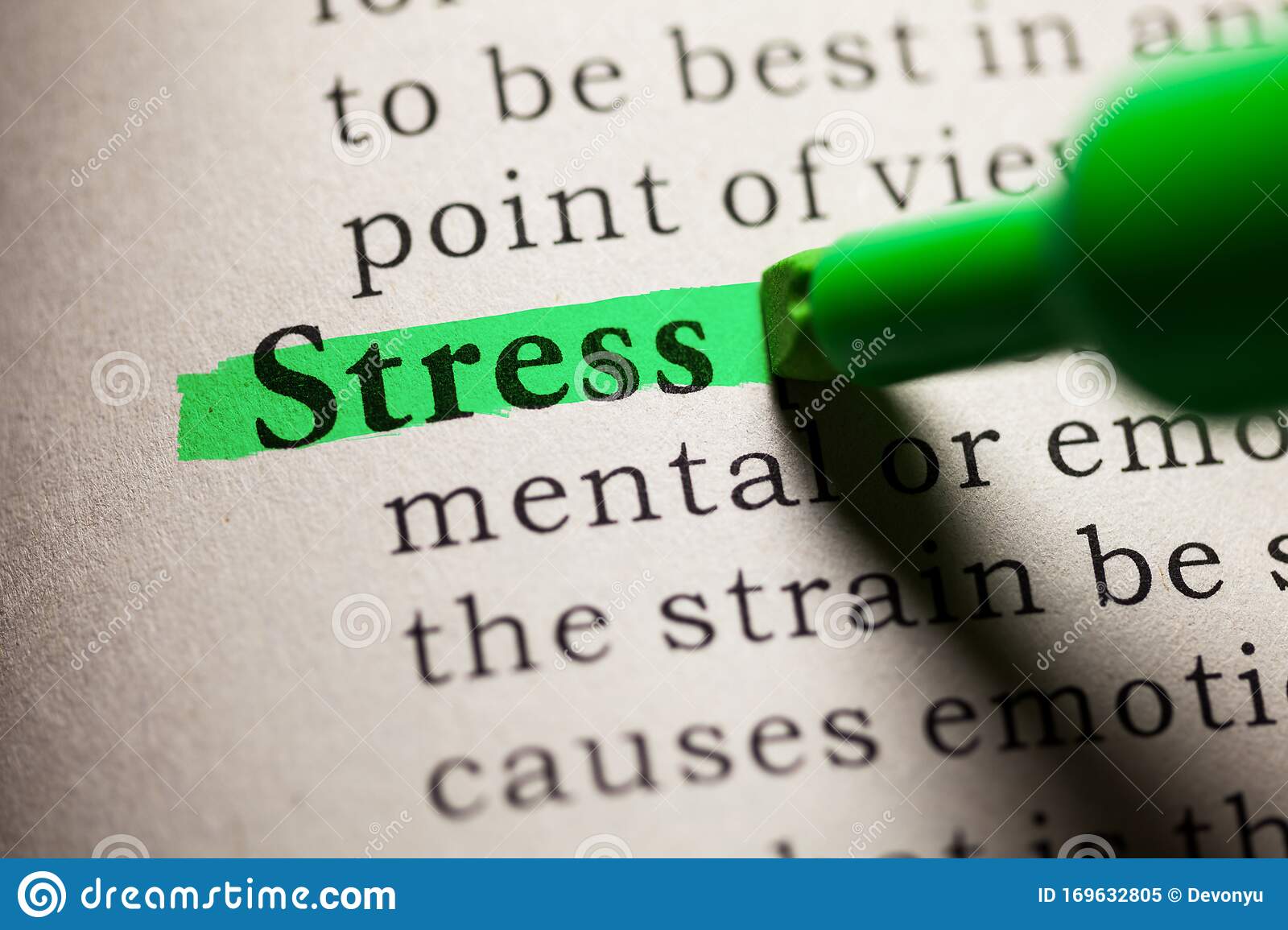
While you have likely seen a BMI graph before, it is possible that you aren't sure if you should use it. BMI charts are visual representations of height and weight. It provides a visual representation of a person's weight range and helps you make informed decisions about how much you should be weighing. The chart indicates a person’s height, weight, and age in relation to height and years. It's an easy way of determining your BMI.
When looking at a BMI chart, find your weight in pounds on the top and your height in feet and inches down the side. Then, take a look at the chart and you will see your BMI. If your BMI exceeds 245, the first chart is recommended. If your BMI exceeds 245, you will want to use the second. The BMI chart shaded areas indicate overweight. So if you're in your 30s, you'll be in class one. You're likely in class two if your BMI is between 35 and 39.9. If your age is over 40, then you are considered obese. The second should be used if you fall between these two categories.

BMI isn’t an exact science, as you can see. It's an imperfect measure, but it's an accurate reflection of a healthy weight. While it is not perfect, it is an effective tool for helping you make good decisions about your weight. A BMI chart is useful for identifying what you should do to lose weight and get in shape if you are overweight.
Using a BMI chart is useful for people who have difficulty using the calculator. BMI calculations don't take into consideration your gender, sexuality, or pregnancy. This means that you may need to adjust the numbers for your specific needs. BMI isn’t the only factor that should to be considered when using a BMI calculation. But, it should help you make informed decision. It is important to make informed decisions.
A BMI chart can help you determine your risk of developing disease. Your BMI is a good guide to keep track of your weight and height. It's also useful for tracking your progress over time. A BMI chart can help you determine if you are overweight or underweight and to choose the right diet and exercise program. Consult your doctor for a precise BMI chart if you are unsure.

A BMI Chart is an excellent tool for parents. While children's BMI will differ from that of adults it can still be useful to get an idea of their child's weight. A healthy BMI is between 18.5-24.9 for women and 18.5-24.9 for men. For women, the healthy weight is between 18.5-24.9. The woman who is pregnant can use her pre-pregnancy (or pre-pregnancy) BMI to estimate how much weight she will gain.
FAQ
Can I go to the gym seven days a week?
You can go to the gym seven times a week, but not at once. You need to find a time that you are able to do this without feeling exhausted or drained.
This will help keep you motivated and give you energy for other activities.
You should also ensure that your meals are well-balanced. This will help you not feel tired or slow at the gym.
And lastly, you need to ensure that there isn't anything else competing for your time. You might want to avoid working out on school nights if you have kids. They can distract you from your exercise routine.
What is the Best Workout for Men Over 40 Years?
The best exercise for older men is one that gives them more energy, and increases their stamina.
It is important to note that most people over 40 experience a loss of testosterone in their bodies, resulting in lower sex drive.
This doesn't mean that you shouldn't still engage in physical activity. Studies have shown that some men can get more testosterone from regular aerobic exercise.
So, if you want to improve your sexual performance, you can start with an aerobics routine.
How quickly can I transform the body of my child?
Your mindset must be changed. You have to be willing to change.
Once you decide that you want to change, it is time to set a minimum of 3 months' commitment to your fitness goals.
You will then need to choose a program that is compatible with your lifestyle.
Setting realistic expectations is also essential. You shouldn't waste money on a gym membership that doesn't allow you to put in the effort and time required to reach your goals.
Instead, spend your free time exercising outdoors.
Walking around the block for an hour per day will help you lose 1 lb in a week.
Now that you know what you're going to do start planning how you will organize your life to fit this new plan.
This means that you should schedule time for exercise every morning before heading to work, and allow yourself to take breaks throughout the day.
Reward yourself for reaching milestones. You might be able to buy clothes and accessories that reflect your accomplishments.
What is your favorite workout order?
It all depends on your goals. If you want to build muscle mass, then do heavy weights first. Then you can move to cardio. You can then go to strength training if your goal is to lose weight.
Cardio can be done if you want to just lose fat. Next, add strength training.
Do cardio first if you are looking to increase muscle mass. It stimulates growth hormones that help build muscle mass.
Also, eat before you workout. This will fuel your muscles, making them work harder. Plus, it makes you feel better during your workout.
What kind of food should I avoid when trying to lose weight?
Trans fats should be avoided. Trans fats increase LDL (the harmful) cholesterol and lower HDL (the good).
Trans fats may be found in deep-fried, fast food, packaged bake goods, snack cakes, or other processed food.
These unhealthy fats also cause inflammation, leading to heart disease and diabetes.
Avoid foods that are sweetened with artificial sweeteners. Artificial sweeteners may increase your chance of getting cancer.
They are found in everything, from soft drinks to chewing tobacco to candy bars. They can also be found in other foods like meat, poultry, and eggs.
Artificial sweeteners include saccharin and sorbitol.
The American Heart Association recommends avoiding these chemicals because they may damage DNA in cells.
Does weightlifting burn more fat than other forms of exercise?
You can lose more fat by weight lifting, but only when you do it in conjunction with cardio.
You should do weightlifting after your cardio workouts to maximize its benefits.
Weightlifting, when done properly, increases your heart rate.
If you don't mix it with cardio, your body won't notice significant changes.
What is butter good for?
Butter is one the most nutritious sources of saturated oils. This type is beneficial for healthy skin and hair as well as stronger bones.
Vitamin K in butter also prevents bleeding from cuts, bruises and other injuries. Vitamin K works with vitamin A to prevent bleeding.
Butter is rich in minerals such as calcium, potassium, and phosphorous. These minerals promote stronger bones, teeth, and teeth.
However, butter has some drawbacks. Butter is high in cholesterol. Some studies show that consuming too much cholesterol may increase the risk of developing cardiovascular disease.
Butter also contains high amounts of saturated fat, which contributes to obesity and increases cholesterol.
If you have to have butter, spread it on bread instead of dipping it in soup or salad. Bread absorbs more oil than potatoes or pasta.
Statistics
- An estimated calorie range for moderately active adult males falls between 2,200 to 2,800 calories per day, depending on age. (eatright.org)
- Are You One of the 20% of Guys (mh.co.za)
- Cardmembers earn 5% Back at Amazon.com with a Prime Credit Card. (amazon.com)
- Candidates and applicants must pass all four tests at 70% (minimum level) to graduate from Basic Deputy U.S. Marshal (BDUSM) Training. (usmarshals.gov)
- By John Thompson Take a whopping 38% off a set of PowerBlock Pros. (menshealth.com)
External Links
How To
How can a man get fit in 30 days?
It is best to break down difficult goals in small, manageable steps.
Each day you need to be working towards your goal. This could mean doing 10 pushups every 5 minutes or running 3 km.
You will notice positive results if this is done consistently over time.
The key thing here is consistency. You must keep going until you succeed.
What is the difference between Aerobic Fitness (or Anaerobic Fitness)?
Anaerobic fitness refers to the ability of our bodies to perform intense physical work without oxygen. Anaerobic pathways can be used to supply enough energy during high-intensity exercise. Anaerobic pathways include glycolysis (creatine phosphate), the phosphagen and lactic acid.
Aerobic fitness, however, refers to the continuous practice of low-intensity aerobic exercise. When performing aerobic exercises oxygen is used to fuel the cells. In other words, aerobic pathways provide more energy than anaerobic.
You need to build up your aerobic capability if you plan on running a marathon. If you are only focusing on increasing your anaerobic capabilities, you won't finish the race.
Aerobic fitness is also referred to as cardiovascular fitness. The most common methods of determining cardiovascular fitness are step tests and VO2max testing.
Test VO2 Max
The body's maximum oxygen consumption during exercise is called the VO2 Max. This test measures the body's ability to use O2 while exercising.
This is one of the most accurate tests to measure cardiovascular fitness. However, it requires expensive equipment and highly trained professionals to administer the test.
Step Tests
Step tests are simple yet effective methods of measuring cardiovascular fitness. Based on your age and weight, they involve running or walking on a track or treadmill for a specified time.
These tests are simple to perform, cost-effective, and easily accessible from almost any location. You could, for instance, run on a treadmill for two minutes, rest for one minute, and then go back to the starting point for 20 minutes. Throughout the entire session, your heartbeat should stay within a set range.
This method is known by the "Bruce Protocol". Bruce, himself a runner, created this protocol after realizing that he would not feel his heart rate increase when running longer distances.